Chapter 11
Fluid Dynamics and Its Applications
By Boundless
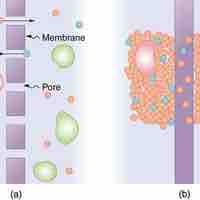
The circulation and cleansing of blood, as well as the transport of nutrients rely on the motion of fluids.

Flow velocity and volumetric flow rates are important quantities in fluid dynamics used to quantify motion of a fluid and are interrelated.
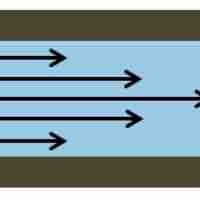
Poiseuille's equation can be used to determine the pressure drop of a constant viscosity fluid exhibiting laminar flow through a rigid pipe.

Blood flow is the continuous running of blood through the cardiovascular system, which consists of the vessels and the heart.
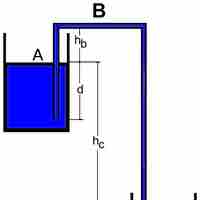
For "ideal" flow along a streamline with no change in height, an increase in velocity results from a decrease in static pressure.
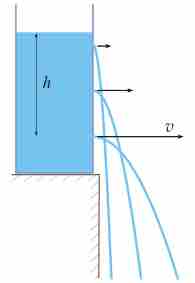
Torricelli's law is theorem about the relation between the exit velocity of a fluid from a hole in a reservoir to the height of fluid above the hole.

The tendency of the surface of a liquid to resist a force and behave like a membrane and is a result of cohesion between liquid molecules.

It is imperative to consider turbulent flow when designing many things such as airplanes, medical equipment, heat exchangers, and bridges.
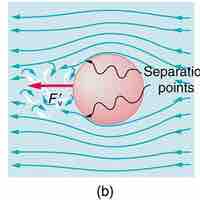
Objects moving in a viscous fluid feel a resistive force proportional to the viscosity of the fluid.

Molecular transport phenomena are ways in which molecules are transported from one region to another. These include diffusion and osmosis.

The heart pumps blood through the body by contracting and relaxing, increasing and decreasing the pressure.